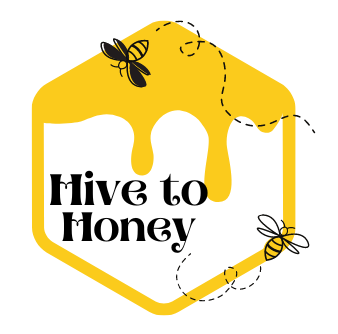The Importance of Specific Bee Species for Honey Production
The Importance of Specific Bee Species for Honey Production: A Sweet Collaboration
Honey production is a remarkable process that relies on the collaborative efforts of various bee species. While honey bees are the primary contributors to commercial honey production, several other bee species also play important roles in the pollination and nectar collection necessary for honey production. In this article, we will explore the significance of specific bee species in honey production, highlighting their unique contributions and underscoring the interdependence between bees and honey production.
The Importance of Specific Bee Species for Honey Production:
Honey bees (Apis spp.) are unparalleled in their importance for honey production. They are highly efficient pollinators and are specifically bred and managed by beekeepers for their honey-producing capabilities. Honey bee colonies are capable of collecting substantial amounts of nectar from flowering plants, which they convert into honey through a process of regurgitation, enzymatic activity, and evaporation. Honey bees are known for their large honey stores and the intricate honeycomb structures they create within their hives.
Although bumblebees are not typically associated with large-scale honey production, they play a vital role in the pollination of numerous flowering plants, including those that contribute to honey production indirectly. Bumblebees are effective buzz pollinators, meaning they vibrate their flight muscles to release pollen from flowers with tightly packed anthers. Their pollination services enhance the quality and quantity of nectar available to honey bees, indirectly supporting honey production.
Mason bees are solitary bees known for their efficient pollination services. While they are not honey producers themselves, their role as pollinators is instrumental in ensuring a bountiful nectar supply for honey bees. Mason bees visit a wide range of flowering plants and are particularly effective in pollinating fruit trees, including apple, cherry, and plum. Their diligent pollination efforts contribute to increased fruit production, which ultimately benefits honey bees by providing additional nectar sources.
In addition to honey bees, various wild bee species and other pollinators contribute to honey production indirectly. These include leafcutter bees, carpenter bees, mining bees, sweat bees, and many more. These diverse pollinators visit different types of flowers, expanding the range of plant species that provide nectar for honey bees. By enhancing overall plant diversity and promoting cross-pollination, these pollinators indirectly contribute to the availability of nectar sources for honey bees and the subsequent production of unique honey varieties.
While honey bees take center stage in commercial honey production, it is important to recognize the collaborative efforts of other bee species and pollinators. Bumblebees, mason bees, and a wide array of wild bees contribute to the overall health and abundance of flowering plants, ensuring a diverse nectar supply for honey bees. The interdependence between bee species highlights the intricate web of pollination and emphasizes the need for conserving diverse bee populations to sustain honey production and the ecological balance of our ecosystems. By supporting the preservation of all bee species and their habitats, we not only safeguard honey production but also ensure the long-term health and biodiversity of our natural environments.
More From The Hive:
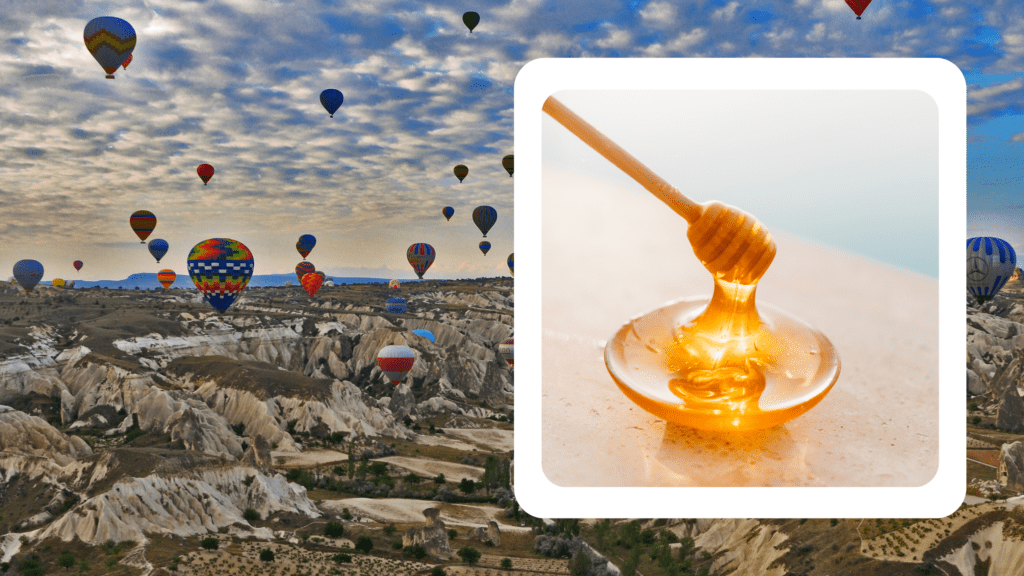
Unveiling Turkey’s Sweet Symphony: Exploring Honey Types and Varieties
Turkey, a land where ancient traditions meet breathtaking landscapes, has a rich history of honey production and a remarkable diversity of honey types. With its diverse climate zones, vast floral resources, and a strong culture of beekeeping, Turkey offers an ideal environment for bees to gather nectar and create a

Discovering Ethiopia’s Golden Treasures: A Journey Through Honey Types and Varieties
Ethiopia, a land known for its rich history, vibrant culture, and breathtaking landscapes, is also celebrated for its diverse and high-quality honey production. With its lush forests, fertile valleys, and vast floral resources, Ethiopia offers an ideal environment for bees to thrive and create a wide range of honey types.
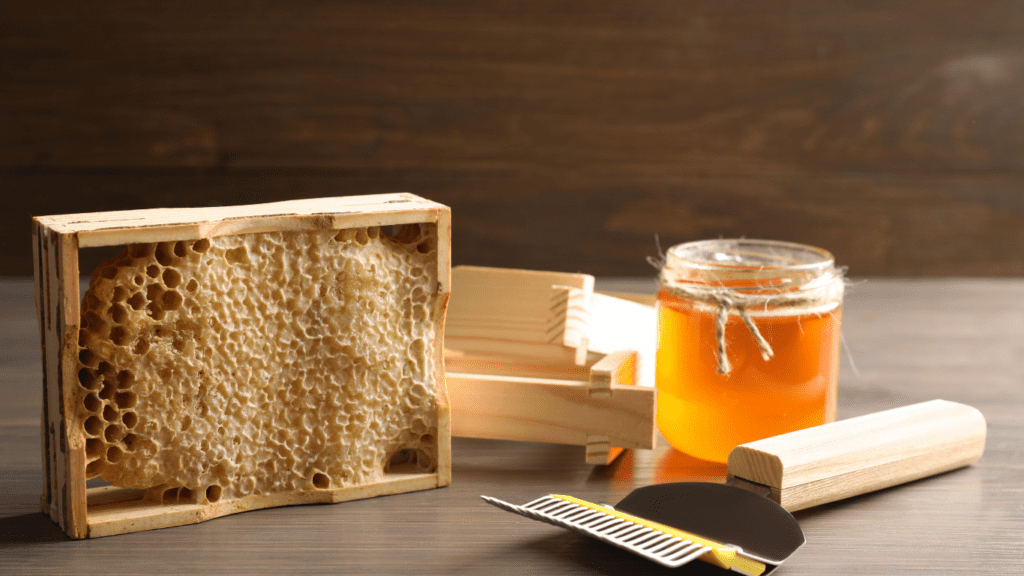
Getting Started with Beekeeping: Essential Equipment and Supplies
Starting your journey as a beekeeper is an exciting endeavor that allows you to connect with nature, support pollinators, and reap the rewards of honey production. To set yourself up for success, it’s crucial to have the right equipment and supplies. In this blog, we will guide you through the
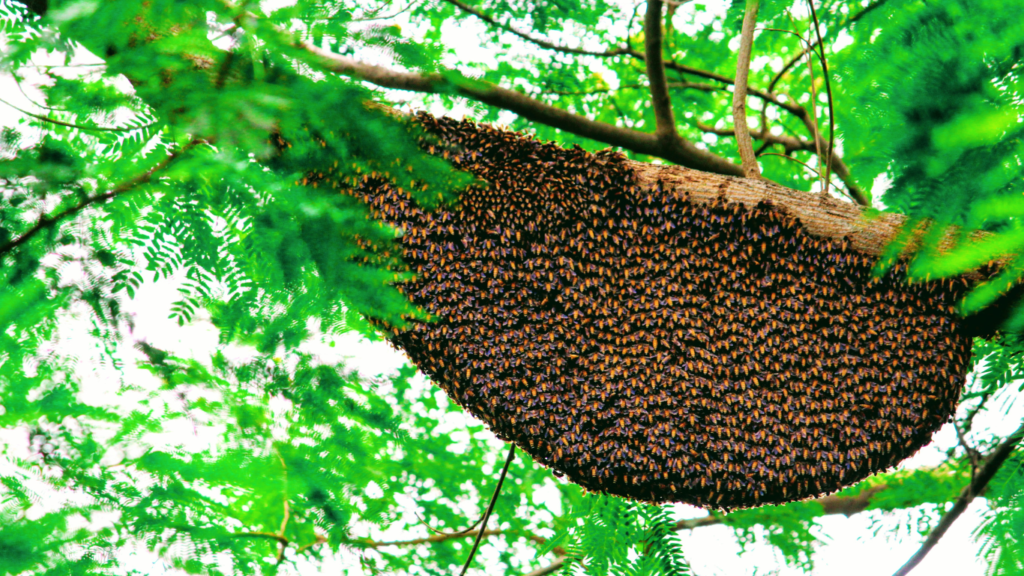
Choosing the Right Hive: Exploring Different Beehive Types
Selecting the right beehive is a crucial decision for beekeepers. The beehive serves as the home for your honeybee colony and plays a vital role in its success and productivity. With various hive types available, it’s important to understand their unique characteristics and suitability for your beekeeping goals. In this
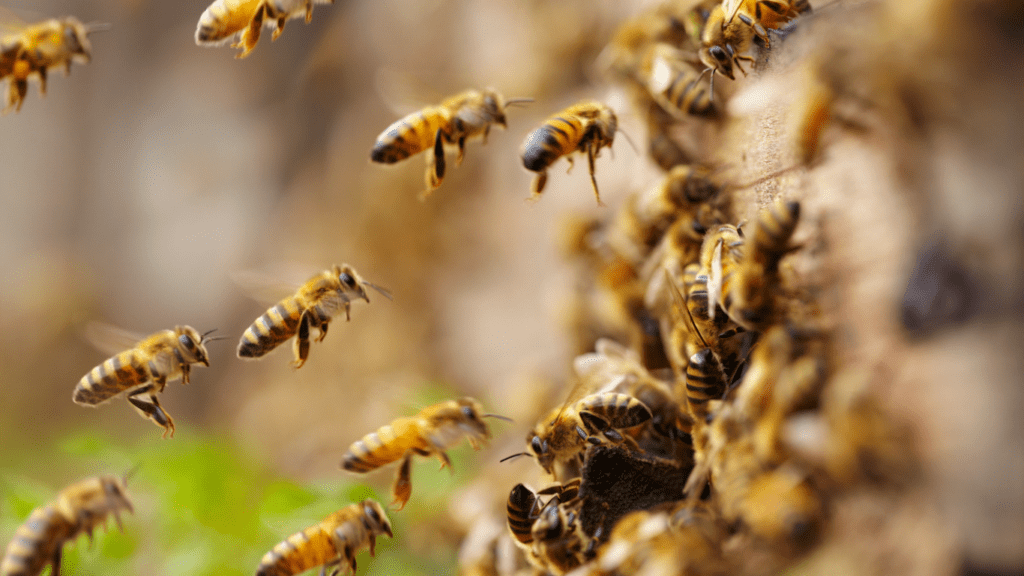
The ABCs of Bees: A Beginner’s Guide to Understanding Bee Basics
Bees are incredible creatures that have been buzzing around for millions of years, playing a vital role in our ecosystem. From pollinating flowers to producing delicious honey, bees are an integral part of our natural world. If you’re new to the world of bees and want to unravel the secrets
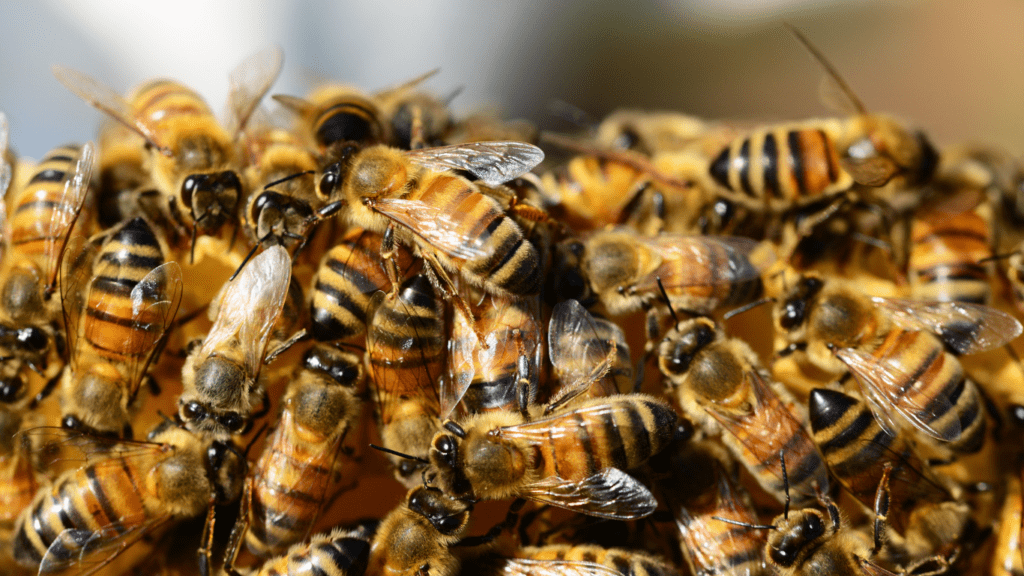
The Secret Life of Bees: Unraveling the Intricacies of Bee Behavior
Bees, with their intricate social structure and fascinating behaviors, lead a secret life that is both awe-inspiring and complex. As we delve into the hidden world of bees, we uncover a realm of communication, cooperation, and efficiency that is vital to their survival and our ecosystem. In this blog, we
